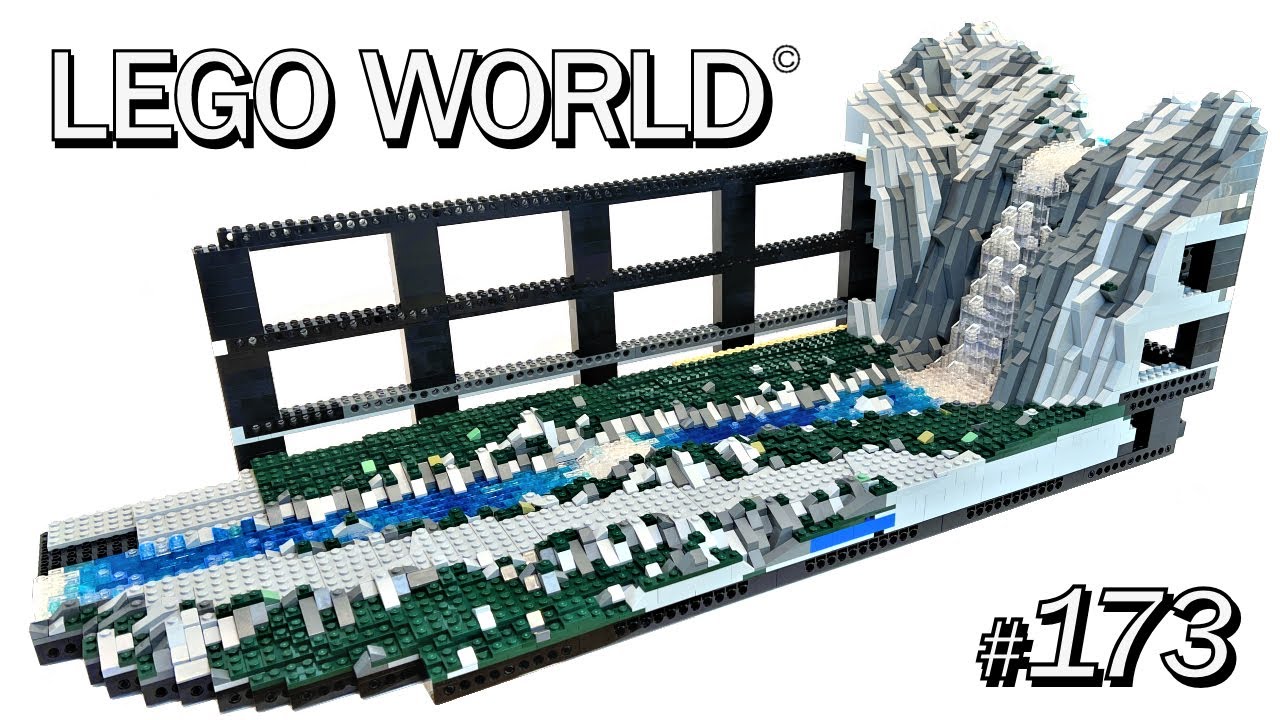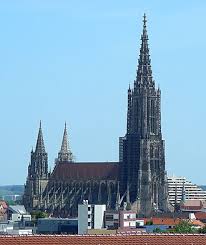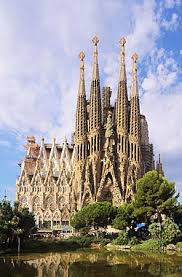The Role of Bricks in Modern Construction Techniques

Introduction
Bricks have been a fundamental building material for thousands of years, serving as the backbone of construction from ancient civilisations to present-day structures. As urbanisation increases and the demand for sustainable building practices grows, understanding the role of bricks in modern construction has never been more crucial. This article explores the evolution of bricks, their significance in contemporary architecture, and their environmental considerations.
The Evolution of Bricks
The use of bricks dates back to around 7500 BC, originally made from mud and sun-dried. Today’s bricks, predominantly clay-fired, are renowned for their durability, thermal insulation properties, and aesthetic appeal. Advancements in technology have introduced new varieties such as concrete bricks, fly ash bricks, and ceramic bricks that cater to specific architectural requirements and environmental standards.
Current Trends in Brick Usage
In recent years, the construction industry has seen a resurgence in the popularity of bricks. Architectural trends now favour the use of exposed brickwork that showcases its natural beauty while adding character to modern buildings. Additionally, bricks are being employed in innovative ways, from energy-efficient designs that leverage thermal mass properties to passive heating techniques, demonstrating their versatility.
Moreover, sustainable building practices are rising in prominence, with many manufacturers exploring eco-friendly bricks, made from recycled materials or produced through energy-efficient methods. For example, some companies are creating bricks that capture carbon during their life cycle, contributing to a reduction in greenhouse gas emissions.
Environmental Considerations
As the construction sector grapples with its environmental impact, the production and use of bricks have come under scrutiny. Traditional brick manufacturing can lead to significant carbon emissions and energy consumption. However, the industry is evolving, with many manufacturers working towards sustainable alternatives that reduce carbon footprints. The shift towards greener building products reflects a growing awareness of the need for eco-friendly construction solutions.
Conclusion
Bricks remain a cornerstone of human architecture, offering not only durability and aesthetic value but also potential solutions in the face of climate change challenges. The industry’s shift towards sustainability indicates a forward-thinking approach that can set new standards in construction. As urbanisation continues to rise alongside environmental concerns, the future of bricks looks promising, highlighting their enduring prominence in building and design.
You may also like

Exploring the Tallest Church in the World

Exploring the Sagrada Familia: Gaudí’s Unfinished Masterpiece
